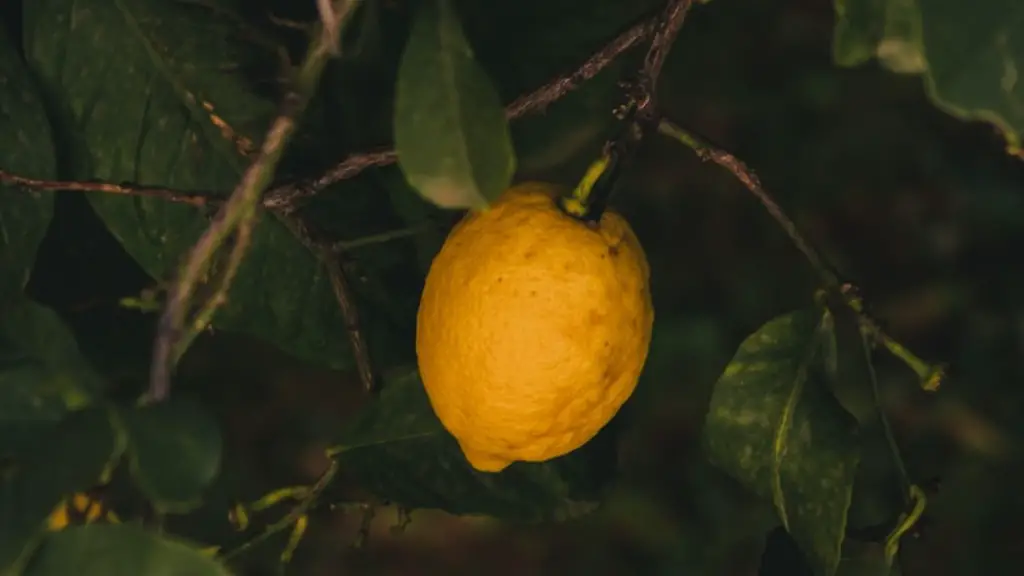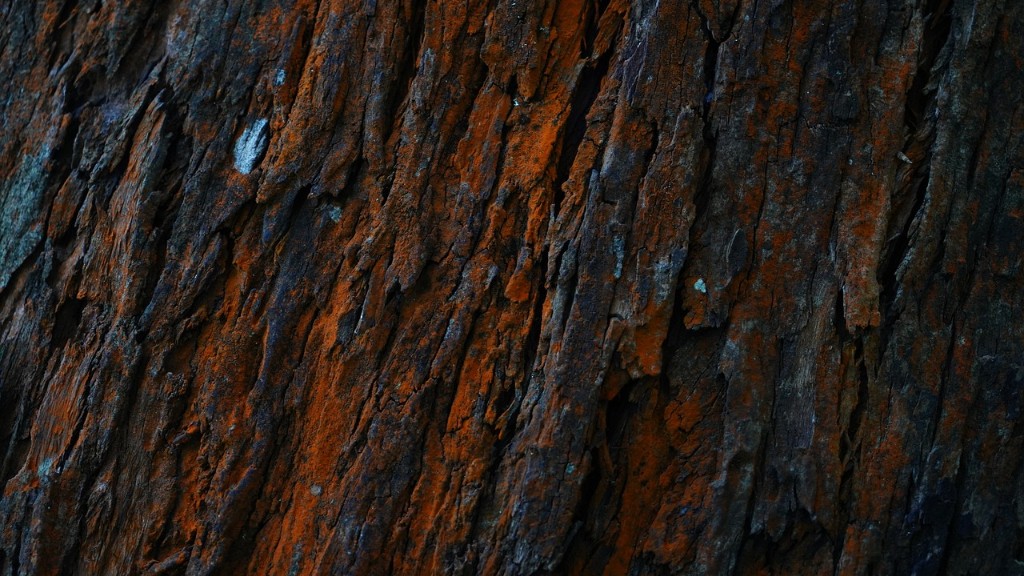White spots on lemon tree leaves can be caused by various physiological and environmental factors. Controlling these conditions is the first step in treating this problem, but understanding the underlying causes is essential to ensure successful treatments. One of the common causes of white spots on lemon tree leaves is a fungal infection known as powdery mildew. Other reasons may include direct sunlight, drought, nutrient deficiency, and physical damage. To treat white spots, remove the infected leaves and spray the tree with a fungicide. A neutral fungicide should be used if the leaves are wet and a broad-spectrum fungicide is needed if the leaves are dry. Additionally, the use of copper fungicides and neem oil can be beneficial in controlling and preventing fungi. Fungicides should be applied during the early stages of an infestation as preventive measures. Make sure to water the tree deeply and not too frequently as overwatering can result in an increased risk of infection. Also, maintain adequate spacing between trees to improve air circulation and encourage dispersion of the disease. Prune the affected parts of the tree to remove infected wood and ensure good ventilation, and keep the leaves free of dust and debris. Lastly, reduce stress on the tree by keeping it well-watered during dry spells and provide adequate nutrition through regular fertilization.
Humidity and Temperature
Maintaining proper humidity and temperature is essential in preventing the development of white spots on lemon tree leaves. High levels of humidity cause powdery mildew spores to germinate and spread faster, ultimately leading to an increase in spots. Therefore, increase air circulation and reduce humidity by avoiding overhead irrigation, by keeping trees adequately spaced, and by improving the drainage in affected areas. Similarly, lower temperatures reduce the rate of infection but too low of a temperature can cause bud or flower loss. High temperatures, especially near 30°C, can activate the spores to produce conidia, increasing the rate of infection. Therefore, try to maintain a temperature ranging between 18-20°C and stay away from extremes.
Controlling Pest Infestation
In addition to fungal infections, white spots on lemon tree leaves can also be caused by different kinds of pests. Aphids, mealybugs, and mites are some of the most common pests associated with white spots. In order to control pest infestation, monitor the trees regularly and get rid of any infested leaves as soon as possible. Wash the tree with a hose to remove any webs and pests, and make sure to use the right type of insecticides according to the kind of pest. During the summer months, check the trunk of the tree for any egg masses and spot any spider mite webs as they tend to colonize in the dark and humid parts of the tree. Insecticidal soaps, horticultural oils, neem oil sprays, and other insecticides can also be used to reduce and control pest infestation.
Insecticides and Fungicides
When it comes to choosing the right type of insecticides or fungicides for a particular white spot problem, it is important to understand the speficic type of pest or fungus you are dealing with. This can be determined through a series of tests and experiments. Once you know what kind of pest you are dealing with, selecting the right fungicide or insecticide can become an easier task. Additionally, you must read labels carefully and use the correct dosage and concentration of fungicides and insecticides according to the instructions provided. Finally, be aware of any possible residues and aftereffects of using particular insecticides or fungicides to avoid any negative consequences.
Replanting
In some cases, white spots on lemon tree leaves can be so severe that the only viable solution is to replant the tree. When replanting, make sure to avoid areas prone to drought or frost and to take the necessary precautions against pests and diseases. Planting the tree at the right depth and orientation is also important to maximize water intake and light exposure. Regularly check the tree after replanting and keep an eye out for any signs of diseases or pests. If left untreated, these issues can cause more severe damage so it is essential to act as soon as you spot them.
Fertilizers
Lemon trees need plenty of nutrients to remain healthy, so proper fertilization is essential. Fertilizers provide trees with essential macronutrients such as nitrogen, phosphorus, and potassium, as well as other micronutrients like iron, zinc, and copper. Before fertilizing the trees, make sure to check the nutrient balance in the soil by getting a soil test done. After the soil test, select the right type of fertilizer for your soil type and ensure to use the appropriate amount. Fertilizing too much or too little or using the wrong type of fertilizer can lead to nutrient imbalances, which can further lead to a decrease in plant health and an increase in white spots on leaves.
Preventive Measures
Even though various treatments exist for white spots on lemon tree leaves, it is even more beneficial to take preventive measures that can prevent the disease from occurring in the first place. One of the best ways to prevent white spots is to keep the trees well-watered and fertilized. Deep watering is preferable and should be done during dry spells to reduce stress on the tree and prevent the development of fungal and pest infestations. Make sure to properly clean and disinfect any pruning tools before using them on the tree, and dispose of any infected plant debris and leaves as soon as possible. Additionally, keep a check on the weather and look out for any signs of extreme temperatures. Avoiding over-fertilizing, applying adequate mulch and avoiding irrigation during late afternoon can also help in preventing white spots on lemon tree leaves.
Pesticide-free Treatments
There are a number of pesticide-free treatments available to control and prevent white spots on lemon tree leaves. Some of these include the use of horticultural oils as pest and disease deterrents, introducing beneficial insects, and using garlic sprays. Garlic sprays work well as natural fungicides and repellents and can be used on the tree on a regular basis. Neem oil has also proven to be very effective in controlling pest infestations. Similarly, introducing beneficial insects such as lacewings and ladybugs can help in the control of pests without the use of chemicals, as they eat them in large quantities. Also, mulching with organic matter can reduce the chance of infections and help increase the water and nutrient retention capacity of the soil.
Repotting
Repotting is another effective way of preventing white spots on lemon tree leaves. This helps reduce the amount of fungal spores in the soil and encourages root growth for a healthier and more balanced tree. When repotting, make sure to use the right type of potting mix suitable for lemon trees and ensure proper drainage. Additionally, choose the right-sized pot according to the size of the tree and don’t overcrowd to avoid suffocation of the roots. Lastly, replace the soil with fresh mix and water thoroughly.


